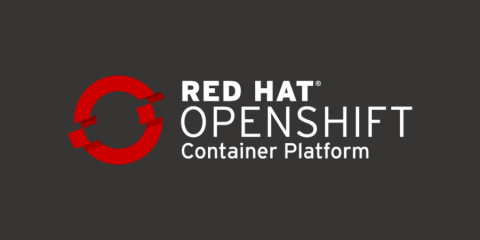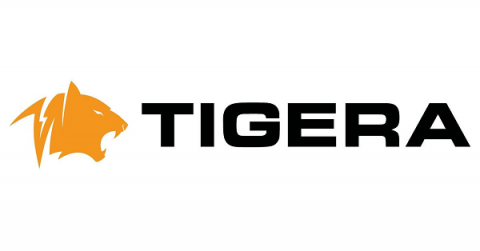Top 6 Container Security Lessons from Deploying Kubernetes and Red Hat OpenShift
We recently had the opportunity to share the lessons we have learned about container security from deploying Kubernetes and OpenShift in the field. If you don’t have time to watch the full recording of our conversation, here are a few highlights.






